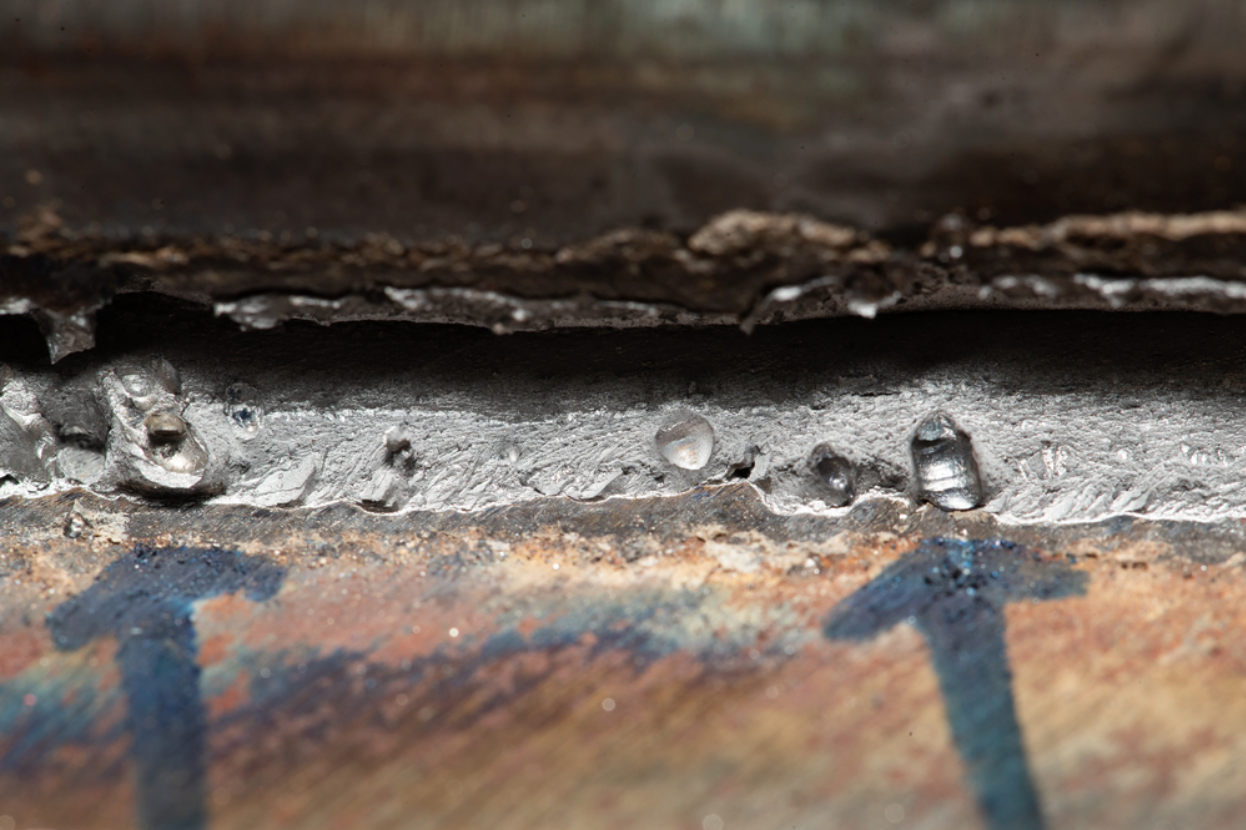Mastering the Art of Welding: Just How to Avoid Undercut Welding Issues for Flawless Manufacture Outcomes
Effectiveness and precision are vital in the globe of welding, where also the smallest blemish can endanger the architectural stability of a made item. One usual obstacle that welders face is damaging, a flaw that can lead and weaken a weld joint to expensive rework. By recognizing the source of undercut welding and implementing efficient methods to avoid it, welders can elevate their craft to brand-new levels of excellence (Preventing weld undercut). In the search of remarkable fabrication results, grasping the art of welding to prevent undercut concerns is not just a skill yet a necessity for those aiming for excellence in their work.
Understanding Undercut Welding

To prevent undercut welding, welders must ensure proper welding criteria, such as adjusting the current, voltage, travel rate, and maintaining the correct electrode angle. Additionally, using the appropriate welding method for the certain joint configuration is necessary. Using weaving movements or backstepping techniques can help guarantee proper weld metal deposition and decrease the probability of undercut development. Normal evaluation of welds during and after the welding procedure is also crucial to catch any kind of undercut very early and make necessary adjustments to stop further problems. Preventing weld undercut. By understanding the sources of undercut welding and applying safety nets, welders can attain high-quality, structurally audio welds.
Causes of Undercut in Welding
Recognizing the aspects that add to damage in welding is crucial for welders to create high-grade, structurally sound welds. Poor welding inaccurate or present welding speed can also add to damage. Comprehending these causes and carrying out correct welding methods can help protect against undercutting concerns, guaranteeing strong and sturdy welds.
Strategies to avoid Undercutting

To reduce the risk of undercutting in welding, welders can utilize calculated welding strategies focused on boosting the quality and integrity of the weld joints. One efficient technique is see this page to change the welding criteria, such as voltage, present, and travel rate, to guarantee appropriate heat input and deposition. Maintaining an ideal electrode angle and making certain constant travel rate can additionally help avoid undercut. Additionally, utilizing the correct welding technique for the certain joint setup, such as weave or stringer grains, can add to reducing damaging. Preventing weld undercut.
Additionally, proper joint prep work, including ensuring tidy base products without pollutants and making use of the proper welding consumables, is vital in avoiding undercut issues. Employing back-step welding methods and controlling the weld grain profile can additionally help distribute warm evenly and minimize the danger of undercut. Normal assessment of the weld joint throughout and after welding, along with applying high quality guarantee measures, can help in detecting and dealing with undercutting problems promptly. By applying these methods carefully, welders can attain remarkable fabrication results with minimal undercut issues.
Relevance of Appropriate Welding Parameters
Picking and preserving suitable welding parameters is vital for achieving successful welds with very little defects. Welding specifications describe variables such as voltage, current, travel speed, electrode angle, and protecting gas circulation price that straight impact the welding procedure. These parameters need to be very carefully readjusted based upon the type of product being bonded, its density, and the welding technique employed.
Appropriate welding parameters make sure the correct amount of warmth is put on melt the base steels and filler material consistently. If the criteria are established expensive, it can bring about too much warm input, causing spatter, burn-through, or distortion. On the various other hand, if the specifications are too reduced, insufficient combination, lack of infiltration, or damaging may occur.
Quality Assurance in Welding Operations

Final Thought
To conclude, understanding the art of welding calls for a complete understanding of undercut welding, its causes, and techniques to avoid it. By making sure appropriate welding parameters and executing quality assurance methods, flawless fabrication outcomes can be attained. It is necessary for welders to consistently pursue excellence next in their welding operations to prevent undercut problems and create high-grade welds.
Undercut welding, a typical issue in welding procedures, takes place when the weld steel does not appropriately fill up the groove and leaves a groove or depression along the bonded joint.To protect against undercut welding, welders need to make certain proper welding parameters, such as adjusting the current, voltage, travel speed, and maintaining the proper electrode angle. Insufficient welding present or wrong welding rate can also add to undercut.To minimize the danger of damaging in welding, welders can employ critical welding strategies aimed at boosting the quality and stability of the weld joints.In final thought, grasping the art of welding requires a thorough understanding of undercut welding, its causes, and techniques to stop it.